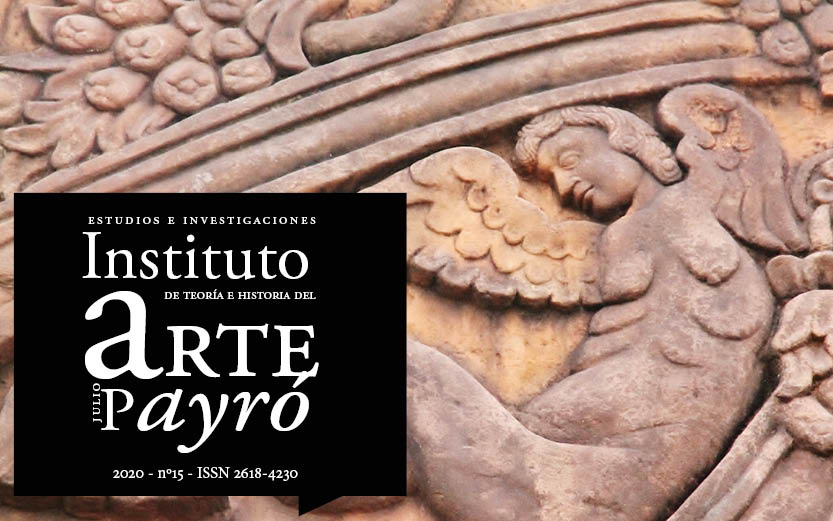Las tablaturas para cordófonos pulsados: otra historia cultural
Palabras clave:
Laúd Funciones Notación Manuscritos Fuentes
Resumen
Es por demás conocida la centralidad del laúd durante el siglo XVI, predominio que comenzó a darse ya desde las últimas décadas del siglo anterior. A partir del ‘ud árabe sufrió una paulatina transformación durante la Edad Media hasta adoptar la forma que podríamos llamar definitiva en el siglo XVI. Durante el Renacimiento, el laúd cumple múltiples funciones. No solo se revela como instrumento solista y como instrumento acompañante o se destaca por la originalidad y difusión de su repertorio, sino que también es utilizado como herramienta didáctica, como instrumento en el cual los compositores prueban sus obras y en el cual se realizan experimentos con el temperamento. Por otra parte, generó un activo movimiento comercial encabezado por impresores de música, libreros y luthiers además de originar la demanda de maestros y laudistas profesionales. Hemos considerado utilizar la historia cultural como marco apto para el estudio del movimiento laudístico y, avanzando en esta idea, creemos que es posible deducir múltiples historias culturales acerca de las funciones que desempeñó el instrumento y del movimiento que produjo en su entorno. Una de esas historias es la que expondremos en este trabajo: una historia cultural de la notación específica para laúd, es decir, las tablaturas.Descargas
La descarga de datos todavía no está disponible.
Publicado
2024-12-05
Cómo citar
González Impieri, M. E. (2024). Las tablaturas para cordófonos pulsados: otra historia cultural. Estudios E Investigaciones, (15). Recuperado a partir de http://revistascientificas.filo.uba.ar/index.php/payro/article/view/16382
Número
Sección
Artículos







